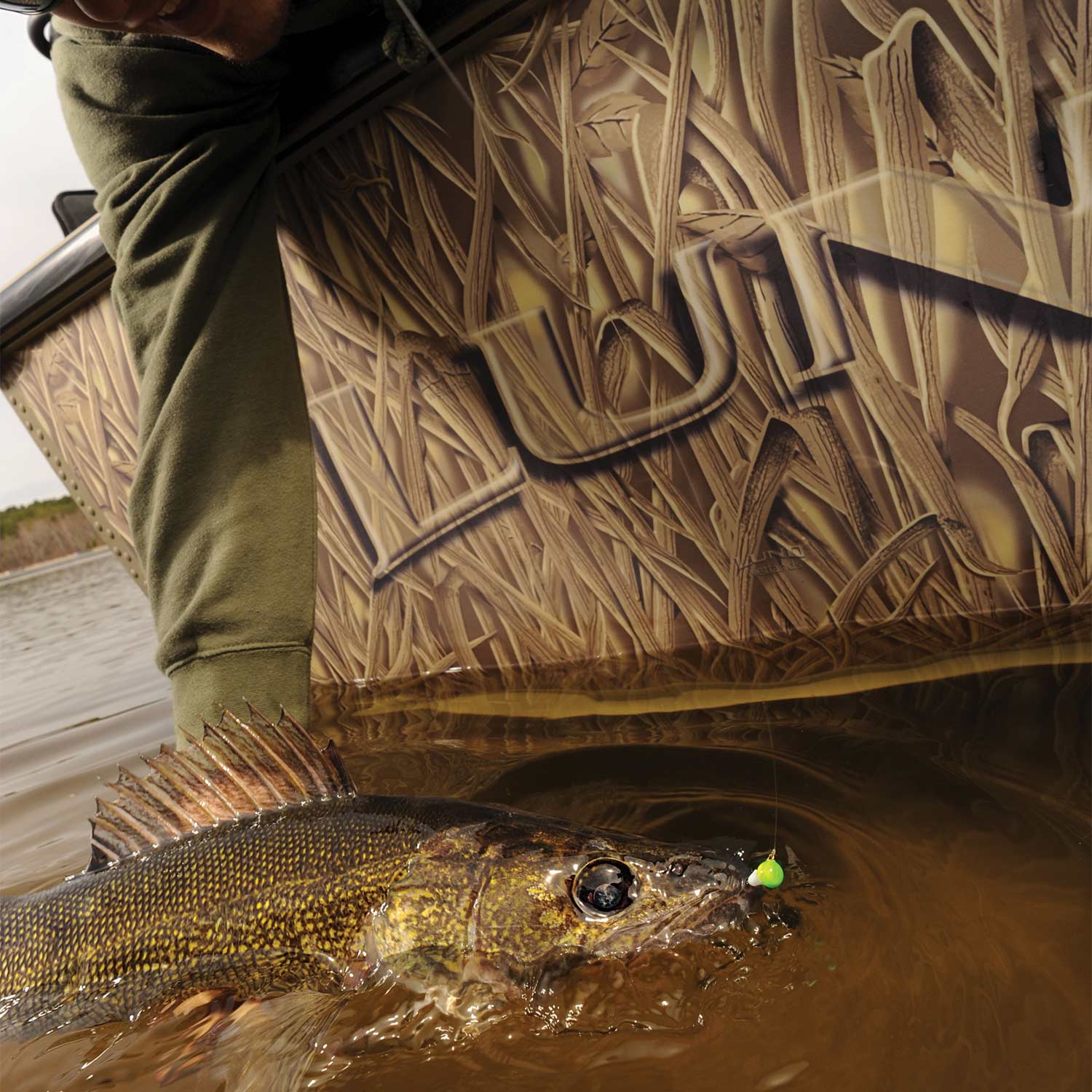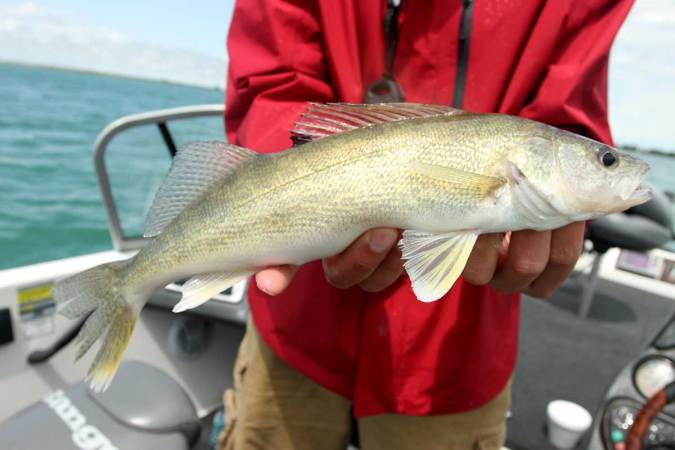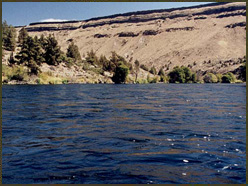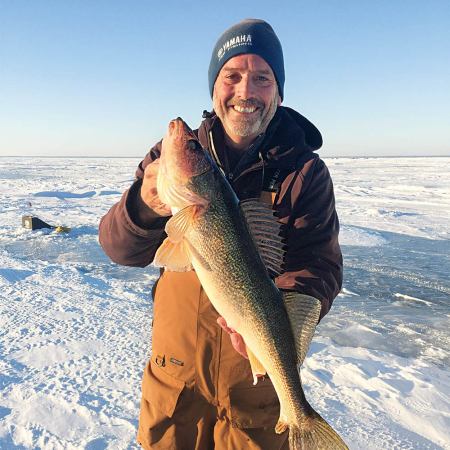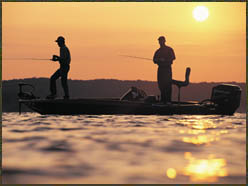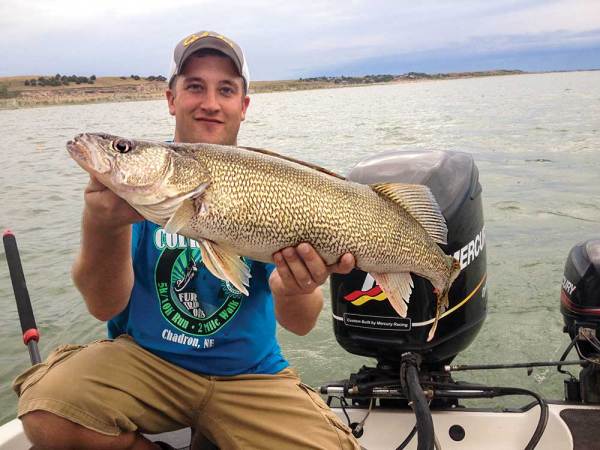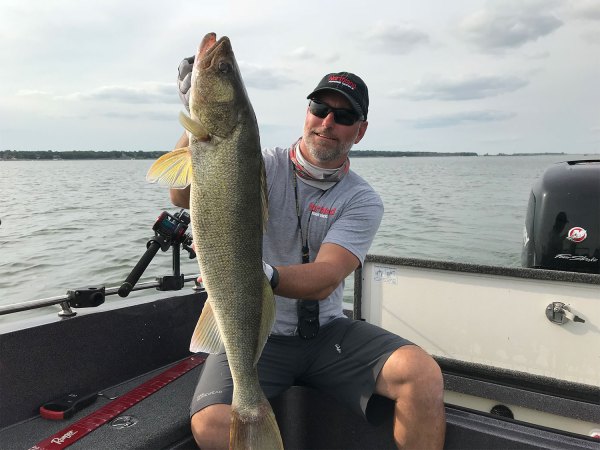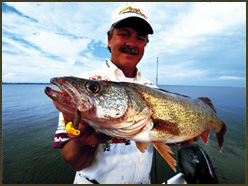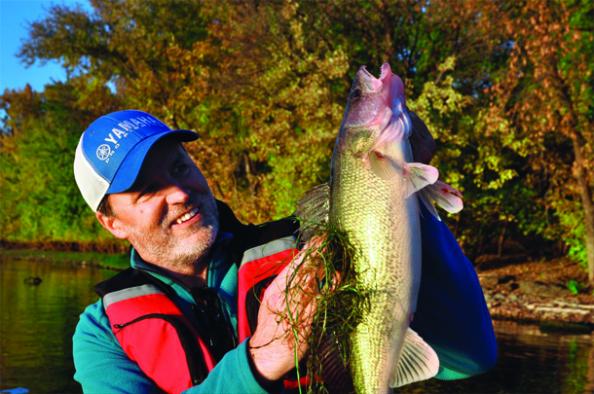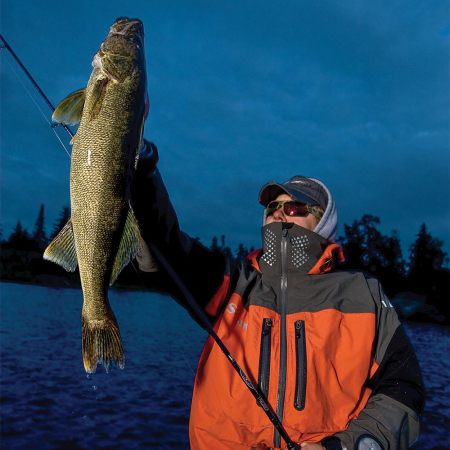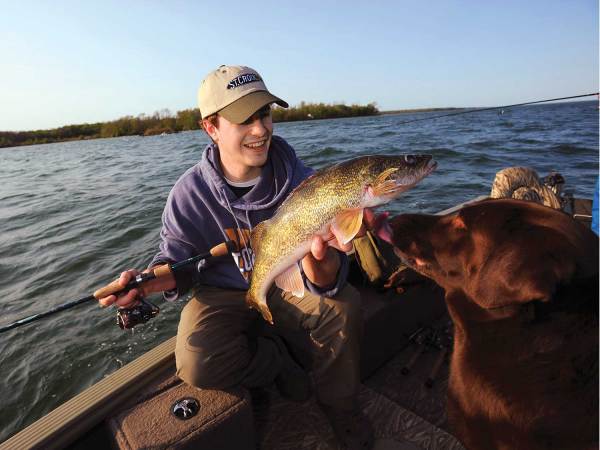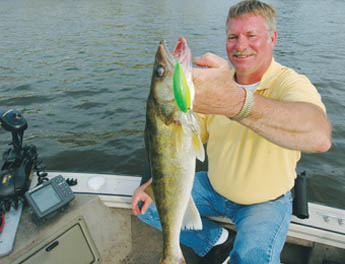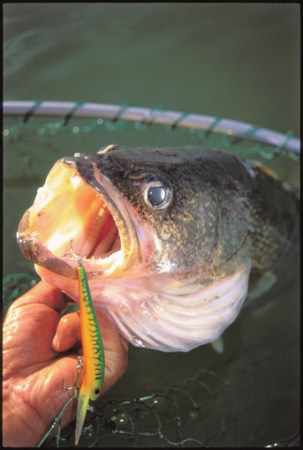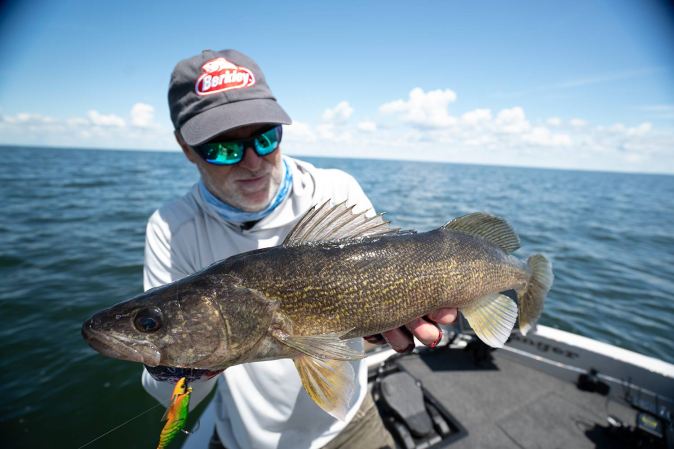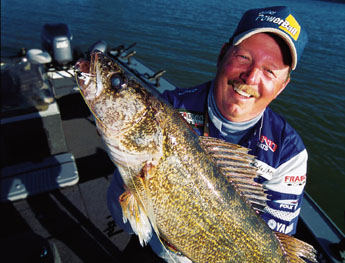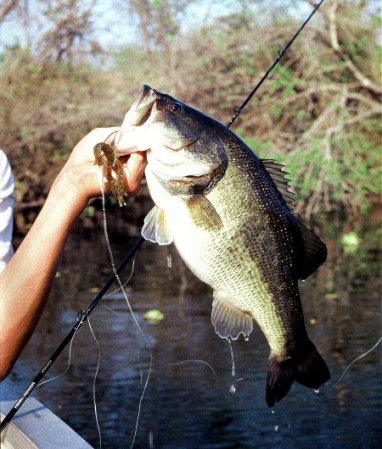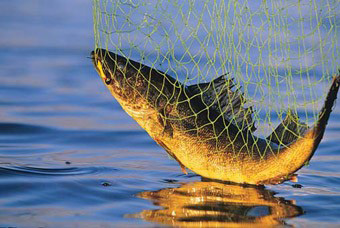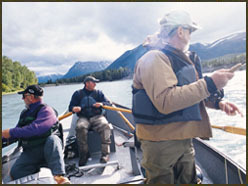Turk Gierke is a 20-year fishing guide who lives in the heart of walleye country—Minnesota. But his favorite place to fish isn’t one of the state’s iconic 10,000 lakes. It’s the upper St. Croix River, which is only a few feet deep and less than 100 yards wide in many areas. The beauty of small and midsize walleye rivers like the St. Croix is that once you understand how to pattern fish on one, you can do it on any of them. According to Gierke (croixsippi.com), it’s a different game because conditions are always changing, so you spend less time glued to your electronics and more time actually reading the water.
You may not land as many giants in these smaller waters, but river walleyes fight harder—an 18-incher on light line in only 6 feet of flowing water will give you a run for your money. The more time you spend chasing river walleyes, the more you’ll sharpen your hunting instincts, but these tips from Gierke will shorten the learning curve.
Reading Material
Much like in trout fishing, flow and water clarity dictate success. Gierke says good flow and slightly stained water conditions are ideal. High, surging water the color of chocolate milk spreads the fish out and makes it difficult for them to feed. But when that high water starts to drop, visibility increases and the hottest bites happen because walleyes haven’t been actively feeding for a few days. Under falling and clearing conditions, Gierke says, the key is to target the edges of deep holes and flats, which he identifies first by reading the water—stronger flows cut troughs in the riverbed—and then zeroes in with sonar. But hotspots shift as river levels fluctuate.
“When the water comes up, the fish come up,” Gierke says. “In high water, I’ll be fishing in an area that might have been an exposed sandbar just a few days before.”
The other key on these midsize rivers is understanding what qualifies as a deep hole. “Most of these rivers will have an unofficial median depth, and that might be only 4 feet,” Gierke says. “In that case, an 8- or 10-foot trough would be considered deep water. That might not seem like much, but it will hold fish. The big fish always hold near deeper water.”
Read Next: The Best Baits for Catching Giant Prespawn Walleyes
The Skinny
Once you’ve got an idea of where fish are holding, you can float down-current and vertical-jig with live baits such as fathead minnows, or you can troll crankbaits up-current. Low water tends to make the fish more likely to spook, so vertical jigging the deepest holes is the way to go because it’s a stealthier approach. If the water is up and stained, which spreads the fish out, trolling is Gierke’s go-to tactic. The goal with both methods is to work the troughs and holes you’ve identified in the riverbed, keeping your baits and lures at a consistent depth for the entire pass. If you’re not getting bit, change up the depth until you locate feeding fish. Most of the time, that same depth will be where the fish are holding at other spots on the river.
When it comes to trolling, Gierke runs his crankbaits at least 100 feet behind the boat, and he wants them occasionally bumping off the bottom. Smaller crankbaits, like a No. 5 Rapala Shad Rap, are the most effective. With vertical jigging, the key word is vertical. Gierke says you don’t want your jig dragging behind the boat. Play with jig weights and drift speed by using your trolling motor until you get your line straight up and down. Gierke goes light with his jig setups—medium-light rods and reels spooled with 6-pound monofilament. When you’re right on top of fish in relatively shallow water, braid can actually be too reactive, causing missed hooksets. The mono’s stretch provides a slower yet solid hookset without being overly aggressive.

